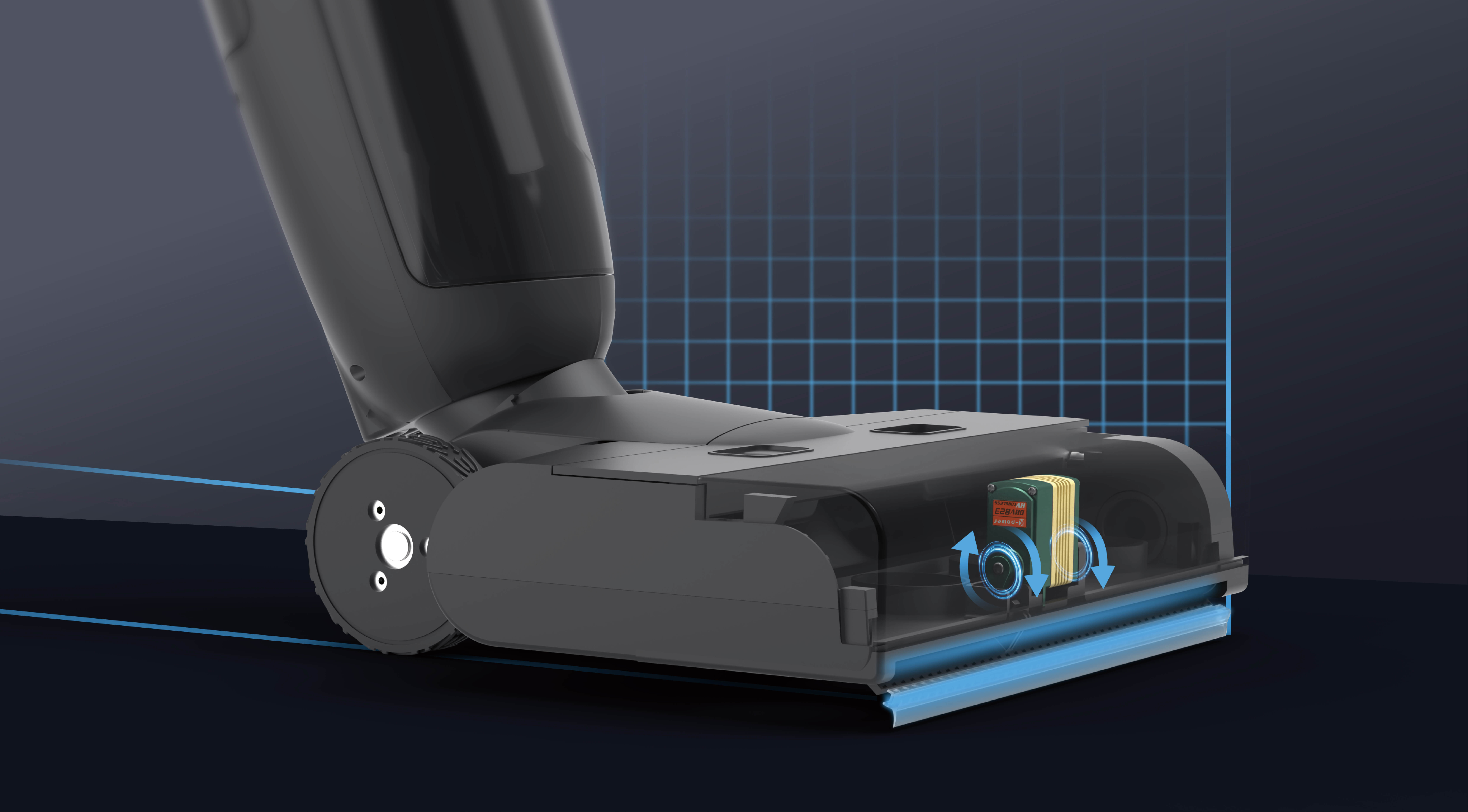part 1:
Imagine a world where your ideas jump off the paper and come alive in three-dimensional space with a simple click. That’s the magic of Tinkercad—an accessible, web-based 3D design and electronics simulation platform developed by Autodesk. For tech enthusiasts, students, or hobbyists venturing into robotics and automation, Tinkercad offers an astonishing playground to experiment with components like the humble yet mighty servo motor.

The servo motor, in essence, is a tiny powerhouse capable of precise angular positioning. Unlike standard motors that rotate freely once energized, a servo motor is designed for control. It responds to specific signals—most commonly pulse-width modulation (PWM)—to turn to a pre-set angle and hold that position. It is the backbone of robotic arms, remote-controlled vehicles, camera gimbals, and countless automation systems.
In the physical world, working with servo motors often involves soldering, wiring, and understanding complex electronics—an intimidating barrier for many beginners. That’s where Tinkercad’s electronics simulator becomes a game-changer. With a simulated environment, anyone can learn how to wire a servo motor, write code to control it, and see the results instantly—all without the need for physical components.
Let’s dive into how a typical Tinkercad project involving a servo motor might look. First, you start on the Tinkercad Circuits platform, selecting your components from a virtual library. Drag and drop a servo motor into your workspace—an act so simple it feels almost like playing a game. Next, connect it to an Arduino microcontroller, which acts as the brain of your project.
Understanding the connections: The servo motor typically has three wires: power (usually red), ground (black or brown), and signal (white or yellow). In the simulation, you connect the power to the 5V pin of the Arduino, ground to one of the GND pins, and the control signal to a digital PWM-enabled pin—commonly pin 9 or 10.
One of the great advantages of using Tinkercad is the ability to experiment with different configurations. Want to see how the servo responds to varying signals? With Tinkercad’s coding environment, you can write simple Arduino sketches—just like in real life—and observe the motor's behavior instantly. You could set up a simple program to rotate the servo to 0°, then 90°, then 180°, and watch it execute perfectly in the virtual universe.
But what makes this experience mesmerizing isn’t just the ease of setup—it’s the opportunity to understand the core principles behind servo control. When you send a PWM signal to the servo, the duration of the pulse determines the position. Typically, a 1 ms pulse might turn the servo to 0°, a 1.5 ms pulse to 90°, and a 2 ms pulse to 180°. Tinkercad allows you to visualize these signals and tweak parameters in real time, reinforcing concepts of electronics and programming.
Beyond simple rotation, servo motors have a wide array of applications in many fields. Robotics, for example, relies heavily on servo control for precise arm movements. Drones utilize servos for camera stabilization. Model enthusiasts use them for controlling parts that need to move smoothly and accurately. The versatility is astonishing, and Tinkercad serves as a perfect sandbox where these ideas can be simulated and refined before moving to physical prototypes.
Visualizing a project helps immensely in grasping complex concepts. Instead of imagining a motor turning in the abstract, you see the arm move in real time during your simulation, aiding your understanding of the mechanics and programming involved. This instant feedback loop accelerates learning and sparks creative ideas.
In addition, Tinkercad’s simulated environment fosters experimentation without the fear of damaging hardware. Trying out new code, changing wiring configurations, or testing different servo models—that’s all extremely accessible here. It lowers the barriers to entry, encouraging even those with little technical background to dive into robotics and automation.
Furthermore, Tinkercad isn’t just for hobbyists. It’s adopted by educators worldwide who want to introduce students to STEM concepts. Simulating servo motor projects in the classroom can make abstract theoretical lessons tangible, teaching principles of control systems, programming, and engineering design in a fun and engaging way. As students see their virtual creations come to life, curiosity blooms—proof that hands-on learning builds confidence.
But where can you take this knowledge? Once familiar with controlling a servo motor in Tinkercad, the next steps involve exploring sensor integration—like combining the servo with distance sensors to create obstacle-avoiding robots—or programming more complex behaviors using advanced code. The platform offers endless possibilities, allowing you to build from a simple rotation task to sophisticated automation projects.
The beauty of starting in Tinkercad lies in its flexibility and user-friendly interface. No need for learning complex hardware setup initially or worrying about component costs. Instead, you focus on understanding the core concepts, developing your logic, and nurturing your inventive spirit. Later, these skills translate seamlessly into real-world applications.
In essence, using Tinkercad to simulate servo motors bridges the gap between theory and practice. It transforms abstract ideas into interactive experiences that empower you to become a creator. Whether you’re designing a robotic arm, a remote-controlled car, or an art installation that responds to user input, mastering servo control is a foundational skill.
The more you experiment, the deeper your understanding becomes. And the beauty of digital simulation? It’s always accessible, endlessly modifiable, and incredibly welcoming to learners of all ages. If you’ve ever been curious about robotics but felt daunted by the complexity, Tinkercad’s servo motor simulation might just be your perfect starting point. It’s not just about learning; it’s about igniting a passion for innovation and discovery. And that’s a journey worth embarking on.
Kpower has delivered professional drive system solutions to over 500 enterprise clients globally with products covering various fields such as Smart Home Systems, Automatic Electronics, Robotics, Precision Agriculture, Drones, and Industrial Automation.




































